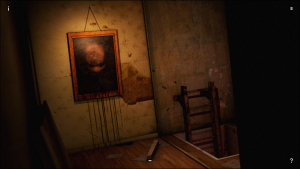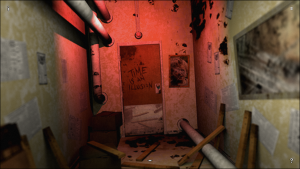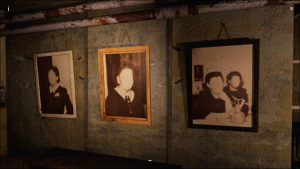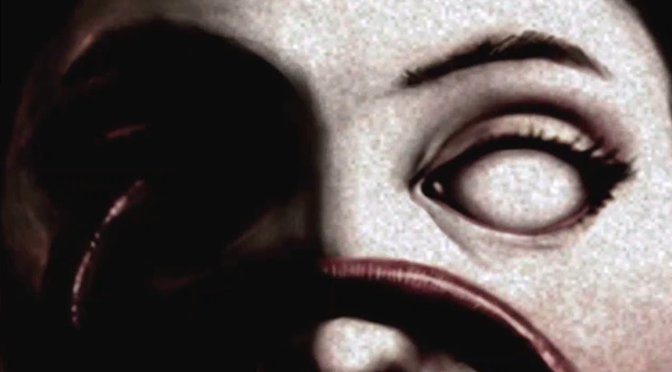Decay: The Mare is a first person point-and-click horror title which only bolsters the case that the genre has actually been alive and well for several years thanks to independent developers. Originally started as an episodic series, the first two episodes of The Mare were released on smaller digital platforms in 2013 and 2014. But with the release of the third and final episode, Swedish developer Shining Gate Software has teamed up with publisher Daedalic Entertainment to package all the episodes for PC and Mac for a larger audience on digital platforms including Steam. A wise move considering that the original Decay series suffered from obscurity due to the clutter that was the Xbox Live Indie Games service.

Following on from the original Decay series, Decay: The Mare continues Shining Gate’s surreal vision of the paranormal and psychological with a more subtle approach, reminiscent of Japanese horror films and horror adventure games of the nineties. Although the game places main character Sam in a drugs rehabilitation clinic called “Reaching Dreams”, the naturalistic setting soon flies out the window, giving way to a nightmarish world in which puzzles, and tense atmospheric scares are plentiful.
Under the its gritty and decayed finger nails Decay: The Mare is surprisingly simple and easy to play, utilizing a first person point-and-click set up, putting you center stage like many modern indie horror games. Although you navigate the world via a series of singular screens inside a 3D environment, this works wonderfully for establishing a slow creeping sense of danger as it forces the player to confront the unknown environment ahead whilst allowing for movement and manipulation of the world through interaction. This is exercised through the collection of items and solving puzzles, most of which provide a fair cryptic challenge without being cripplingly difficult. And the inclusion of extra items like the camera adds a new layer of depth to the player’s interaction with the world.
But Decay: The Mare’s world is not a pleasant place to be. Reaching Dreams’ desolated rooms are laden with the usual rusted iron surfaces, peeling paint and blood stained walls. But other oddities give it a more unique edge, including bleak artworks, cryptic messages and oddly arranged dioramas. Locations are occasionally lit with unnatural washes of colored light, creating a strange sensation between the realistic and the abstract. It might not be of an ultra-realistic quality found in larger productions, but the basic understanding of design psychology provides unnerving moments. One unsettling example is a room plastered with copies of a single photo of a young woman over every wall. It’s when you question the static nature of the photos that you begin to doubt your surroundings as well as your sanity.

This sense of unease is backed up brilliantly by Johannes Rae’s score which contrasts eerily calm piano melodies with electronic ambient drones, reminiscent of Nine Inch Nails’ instrumental work. And because of its quietness, it works on a more subconscious level, settling into the background whilst still maintaining a strong presence. However, this is marred slightly by sound blips during inaccurate looping of the music in longer cut-scenes.
But along with the wonderful sense of disquiet Decay: The Mare inspires, it also aims to weave a narrative with a more minimalist approach. And this is where things fall down. Although the original Decay series didn’t have a Pulitzer standard narrative either, it was satisfying, competent and tied in nicely with the gameplay.

Decay: The Mare manages that some of the time, occasionally falling victim to overly long sentences, grammatical errors (what are really bad) and instances where the writing doesn’t fit its purpose. Examples include newspaper clippings which don’t read like news stories in their structure and a short story which is so obviously a puzzle clue that it’s painful. There are moments of experimentation with the odd dialogue tree and player decision, but they’re never deep enough, or utilized enough, to create meaningful impact. And the partial inclusion of voice acting is at odds with the quieter and steady approach to horror.
However, even its narrative shortcomings and slight production hiccups, Decay: The Mare still has it where it counts, creating a brilliantly paced horror game with a rare covert feeling of terror that any fan of the genre should play.


